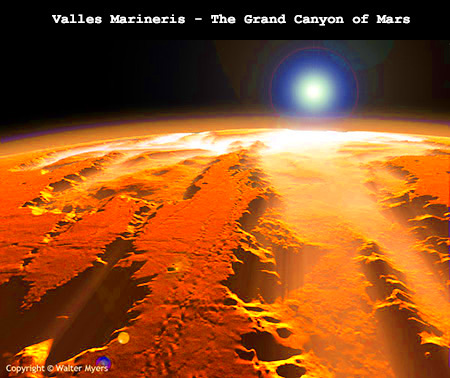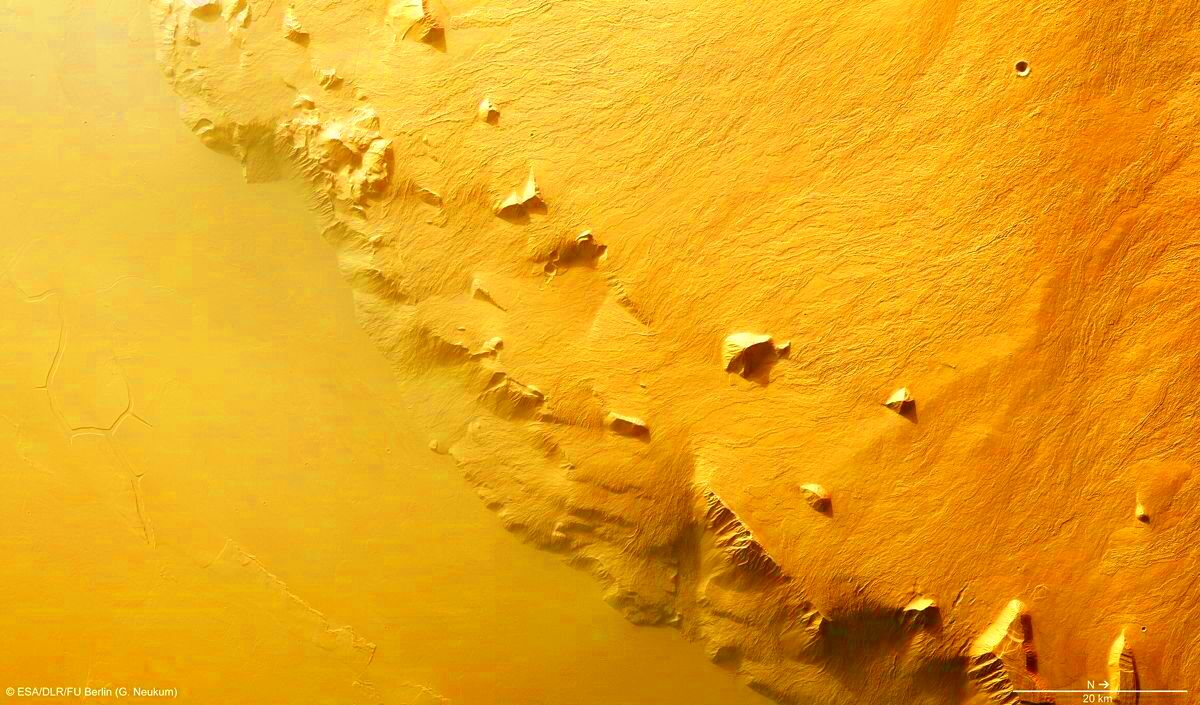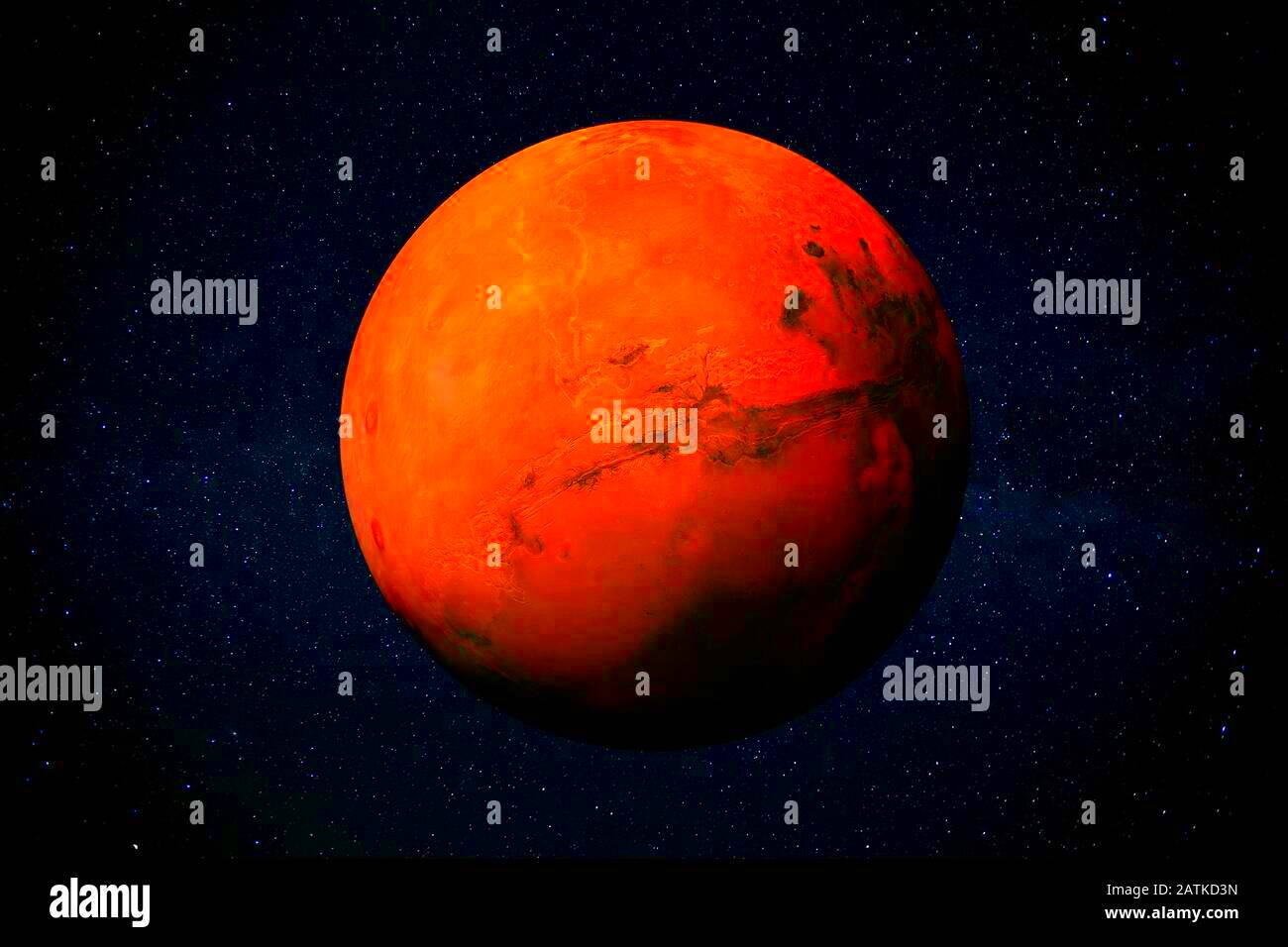Mars, often called the "Red Planet," has fascinated humans for centuries. With its reddish hue visible even from Earth, it's easy to see why Mars captures our attention. This color comes from iron oxide, or rust, covering much of its surface, giving the planet its distinctive look. But there’s much more to Mars than just its color.
Unlike Earth, Mars has a thin atmosphere, mostly made up of carbon dioxide, and experiences extreme temperature changes. Despite its cold and barren environment, scientists have discovered signs that liquid water may have once flowed on its surface, sparking further interest in the planet's potential to support life.
The unique landscape of Mars includes towering volcanoes, deep valleys, and vast plains. These features make it an exciting subject for exploration, and advancements in space missions have brought us closer than ever to understanding the planet.
The History of Mars Exploration and Its Impact on Our Knowledge

Exploring Mars has been one of the most ambitious goals of space science. The first attempt to study the planet closely was through telescopes, but it wasn’t until the mid-20th century that space missions to Mars began. These missions have greatly expanded our understanding of the planet.
Key milestones in Mars exploration include:
- Mariner 4 (1965): The first successful flyby of Mars, sending back 21 images of its surface.
- Viking Program (1976): Orbital and surface missions that gave scientists the first detailed views of Mars' terrain.
- Spirit and Opportunity Rovers (2004): These rovers provided detailed images and geological data, confirming that water once existed on Mars.
Each of these missions has built upon the knowledge from previous ones, leading to an ever-clearer picture of Mars as a dynamic world with a history of water, potential habitability, and geological activity. Today, NASA’s Perseverance rover continues to send back valuable data, while other countries like China and the UAE are launching their own missions to explore Mars.
First Images of Mars: From Early Missions to the Latest Discoveries

The journey to capturing detailed images of Mars began in the 1960s, with early missions providing grainy and low-resolution photos. But these first images were groundbreaking, offering humanity its first close-up views of the planet.
Some of the major milestones in capturing Mars’ images include:
- Mariner 4: In 1965, Mariner 4 made history by sending the first close-up photographs of Mars. Though low in resolution, these photos showed the planet’s surface covered in craters, which was a surprising discovery.
- Viking Orbiters (1976): The Viking orbiters captured much higher-quality images, revealing a more complex Martian landscape, including vast plains, canyons, and polar ice caps.
- Spirit and Opportunity Rovers: These rovers sent back detailed images of Mars’ surface, showing features like rock formations, dust storms, and evidence of ancient water.
- Curiosity and Perseverance Rovers: These modern rovers continue to provide stunning, high-definition images, capturing Mars' diverse terrain, including images of craters, mountains, and fascinating rock formations.
Thanks to advancements in technology, the images now coming from Mars are clearer, more detailed, and more frequent than ever before. With each new mission, scientists are learning more about the Red Planet’s surface, atmosphere, and potential for life.
NASA’s Perseverance Rover and Its Latest Mars Photos

The Perseverance rover, launched by NASA in 2020, is one of the most advanced vehicles ever sent to Mars. Its mission is to explore the planet's surface, looking for signs of ancient life and collecting samples for future missions. But what truly sets Perseverance apart is its ability to capture stunning, high-definition photos of Mars.
Equipped with the latest cameras and instruments, Perseverance is sending back images that reveal the true complexity of Mars’ terrain. Some of its key accomplishments include:
- High-Resolution Images: Perseverance’s Mastcam-Z camera provides 360-degree color images with incredible detail, showing everything from the ground beneath its wheels to distant mountains on the horizon.
- Selfie Photos: The rover is equipped with a camera on its arm, allowing it to take stunning selfies in front of Mars' landscapes.
- Rocks and Surface Features: Perseverance has captured close-ups of Martian rocks and dust, helping scientists analyze the planet’s geological history.
- Sound Recordings: In addition to images, Perseverance has recorded sounds on Mars, providing a new sensory perspective of the planet.
Perseverance’s photos are not just beautiful; they also provide essential data for scientists trying to understand Mars’ past and its potential to support life. By examining the rocks, soil, and atmosphere captured in its photos, researchers are piecing together the history of Mars like never before.
The Role of Mars Rovers in Capturing the Red Planet’s Surface
Since the first Mars rover, Sojourner, landed in 1997, rovers have played a vital role in exploring Mars up close. These robotic explorers are equipped with cameras, instruments, and tools designed to capture detailed images of the planet’s surface, making them indispensable to our understanding of Mars.
Rovers like Spirit, Opportunity, Curiosity, and Perseverance have made it possible to study Mars in ways that orbiters and telescopes cannot. Here’s why rovers are so crucial to Mars exploration:
- Close-Up Views: Rovers are able to get right up close to Mars’ surface, providing high-resolution images of the planet’s rocks, dust, and features that can’t be captured from space.
- In-Depth Analysis: Beyond taking pictures, rovers are equipped with scientific tools to analyze the chemistry of the soil and atmosphere, giving scientists more detailed data.
- Geological Discoveries: By capturing images of rock formations and craters, rovers help scientists understand the geological processes that shaped Mars.
- Studying Martian Climate: Rovers also monitor the planet’s weather, including dust storms and temperature fluctuations, which provides insight into the Martian climate.
Through their persistence and ability to capture images in the most remote parts of Mars, these rovers are shaping our knowledge of the planet and its potential to support life. Each mission adds valuable pieces to the puzzle of Mars’ history and its future possibilities.
How Space Telescopes Enhance Our Understanding of Mars
Space telescopes have been invaluable tools in studying Mars from afar. Unlike ground-based telescopes, space telescopes are not affected by Earth’s atmosphere, which allows them to capture clearer and more detailed images of distant planets, including Mars.
One of the key advantages of space telescopes is their ability to observe Mars over long periods, providing a more complete picture of the planet’s changing seasons and surface features. Some of the major space telescopes that have helped advance our knowledge of Mars include:
- Hubble Space Telescope: Although not designed specifically for Mars, Hubble has captured incredible images of the planet, especially during close approaches when Mars is closer to Earth. These images have helped scientists monitor changes in Mars' atmosphere and surface.
- James Webb Space Telescope: Launched in 2021, this next-generation telescope is expected to provide more detailed observations of Mars and its moons, studying the planet's atmosphere in greater depth.
- Mars Reconnaissance Orbiter (MRO): Although technically not a traditional space telescope, the MRO has captured detailed, high-resolution images of Mars’ surface, providing a wealth of information about the planet’s geology and climate.
Space telescopes are essential for observing Mars from a broader perspective, complementing the data collected by rovers and orbiters. They allow scientists to study Martian weather patterns, polar ice caps, and even monitor dust storms from space, enhancing our understanding of the planet’s dynamic environment.
Key Features of Mars Seen in Photos: Craters, Mountains, and Valleys
Mars is a world of stark beauty, with its surface covered in unique features that stand out in photos sent back from space missions. Some of the most striking elements seen in Mars photos are craters, mountains, and valleys, each telling a different story about the planet’s history.
Here are some of the key features that stand out in photos of Mars:
- Craters: Mars is dotted with large, circular depressions called craters. These are created by asteroid impacts or volcanic activity. The largest of these, like the Hellas Basin, is over 2,000 kilometers wide!
- Mountains: Mars is home to some of the tallest volcanoes in the solar system. Olympus Mons, for example, is nearly three times the height of Mount Everest, making it the largest volcano in the solar system.
- Valleys: Vast valleys such as Valles Marineris stretch over 4,000 kilometers, dwarfing the Grand Canyon in size. These valleys suggest that Mars may have once had liquid water running through them, possibly forming the valleys and carving out these features.
In addition to these features, images from the Curiosity, Perseverance, and other rovers reveal a range of fascinating landscapes, from ancient riverbeds to dust-covered plains. These photographs offer scientists a glimpse into Mars' geologic past and help them understand how the planet evolved.
How Space Missions Are Shaping Future Exploration of Mars
Space missions are key to shaping the future of Mars exploration. Each mission, whether it’s a rover on the surface or an orbiter in the sky, gathers valuable data that helps us understand the planet better. This information forms the foundation for future missions, including those aimed at sending humans to Mars.
Some of the ways space missions are influencing future exploration of Mars include:
- Advancements in Technology: Every mission improves the technology used in space exploration. From better cameras on rovers to more advanced life-support systems for future human missions, each step forward builds on the last.
- Sample Collection: Missions like Perseverance are collecting soil and rock samples that could one day be returned to Earth for analysis. This will help us learn more about Mars' potential to support life.
- Atmospheric Studies: Understanding Mars' atmosphere is essential for planning human missions. Space missions have been studying the planet’s weather patterns, dust storms, and how its atmosphere changes over time.
- Search for Water: Many missions focus on finding signs of water. Whether it’s searching for ice beneath the surface or studying ancient riverbeds, knowing where water exists on Mars is critical for future human habitation.
As space missions to Mars become more advanced, the goal of establishing a human presence on the Red Planet is becoming more attainable. These missions are setting the stage for Mars to become the next frontier for exploration and perhaps, one day, colonization.
FAQ about Mars Images and Space Exploration
As we continue to explore Mars, many questions arise about the images we see and how space missions are carried out. Here are some of the most frequently asked questions about Mars and the ongoing exploration efforts:
- Why is Mars called the Red Planet? Mars gets its reddish appearance from iron oxide, or rust, on its surface. This gives the planet its distinctive red hue.
- How clear are the images we get from Mars? The quality of images has improved dramatically over the years. Rovers like Perseverance send back high-definition, detailed images of the Martian surface, providing a closer look at the planet than ever before.
- How do rovers on Mars take pictures? Rovers are equipped with specialized cameras, such as the Mastcam on Perseverance, which captures high-resolution images of the surface. These cameras can take panoramic shots, close-ups, and even selfies!
- Can humans visit Mars? While humans haven’t visited Mars yet, various space agencies, including NASA, are working on technologies and missions that will eventually make human exploration of Mars possible. Robotic missions like Perseverance are laying the groundwork for future human missions.
- How long does it take to send a spacecraft to Mars? The journey to Mars typically takes about six to nine months, depending on the positioning of the planets and the type of mission. Spacecraft travel millions of kilometers before they arrive at Mars.
As our technology improves, we can expect to answer even more questions about Mars and its potential to support human life. Space exploration is an ongoing adventure that continues to reveal the mysteries of the Red Planet.
Conclusion: The Red Planet’s Beauty Revealed Through Images
The exploration of Mars has opened up new frontiers in space science, with images captured from various missions revealing the breathtaking beauty of the Red Planet. From towering volcanoes to vast valleys and ancient riverbeds, Mars has proven to be a world of incredible diversity and intrigue.
Through high-resolution images provided by rovers like Perseverance, Curiosity, and orbiters like Mars Reconnaissance Orbiter, scientists have been able to study the planet's surface in unprecedented detail. These photos have not only fueled our curiosity but have also provided vital clues about Mars' past, including the possibility of water and the potential for life. With every new image, we get closer to understanding Mars as both a geological wonder and a place that might one day host human explorers.
Ultimately, these images do more than just show us the landscape of Mars—they help us piece together the planet's history and guide future missions aimed at exploring its surface even further. As technology advances, so too will our ability to capture even more detailed images, giving us a clearer picture of the Red Planet’s mysteries.
The beauty of Mars, with its dramatic features and evolving landscape, continues to captivate our imagination and drive our desire to explore. With each mission, we move closer to unlocking the secrets of this distant world, bringing the allure of Mars ever closer to Earth.











